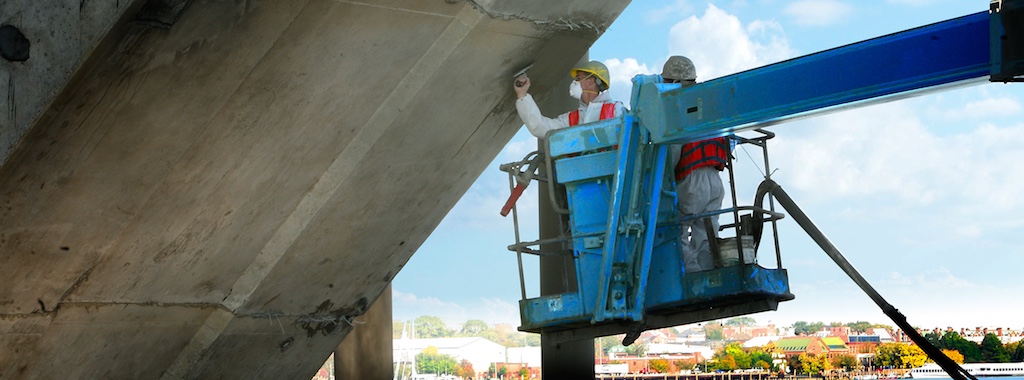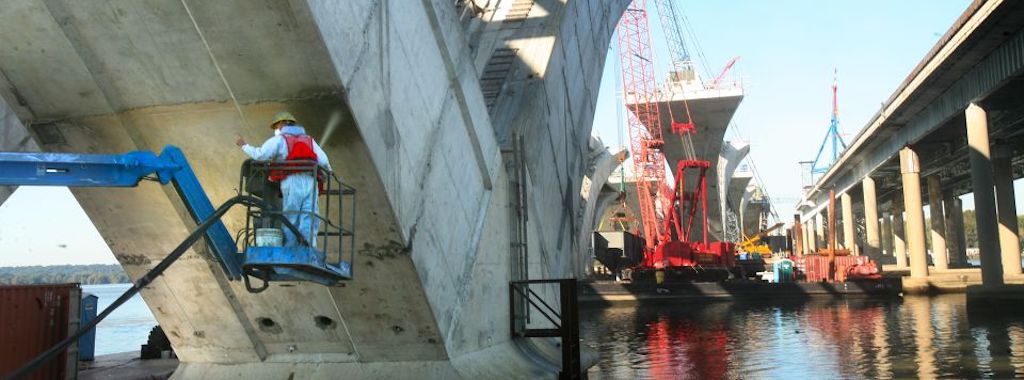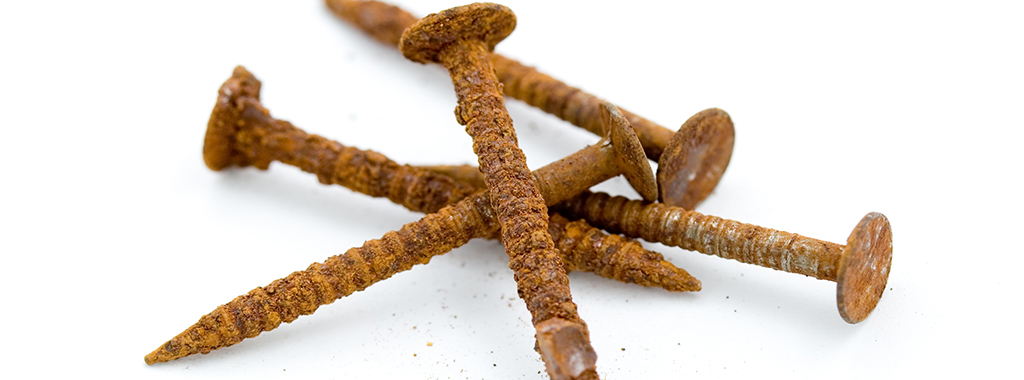Situated on the northwest coast of Oregon, the resort town of Seaside — population 6,685 — seems an unlikely place for advanced seismic and tsunami simulations. But just offshore Seaside’s charming 1920s boardwalk and its broad, sandy beaches famed for razor clamming, the Juan de Fuca tectonic plate is slowly sliding underneath the behemoth North American plate.
Continue reading “Little Locales Using Big Data to Prevent Bridge Failures”
Tag: corrosion
Better Engineering for Stronger, Longer-Lasting Bridges and Wastewater Infrastructure
Eighty-one years ago this May, traffic opened on a newly constructed bridge span between Marin County, California, and the city of San Francisco. At 4,200 feet long and with towers 746 feet high, the steel suspension bridge was the longest and tallest bridge of its time. Built at a cost of $35 million, held together with 1.2 million rivets, and painted international orange from end to end, the Golden Gate Bridge was an instant symbol not just of California idealism, but of American engineering and construction might.
While the Golden Gate is no longer the longest or tallest bridge in the world, its iconic status has endured. Named one of the seven wonders of the modern world by the American Society of Civil Engineers, the Golden Gate enjoys regular special attention from 13 ironworkers and 28 painters who replace corroding steel and rivets with high-strength steel bolts and constantly touch up the span with paint to prevent corrosion.
Continue reading “Better Engineering for Stronger, Longer-Lasting Bridges and Wastewater Infrastructure”
Keep Corrosion in Check
Just as knowing the load capacities of your metal hardware is crucial to safeguarding the structural integrity and longevity of your building project, so is understanding the metal’s susceptibility to corrosion. The likelihood of rust and rot increases when you are building outdoors in wet environments or other corrosive conditions. Having a solid awareness of the corrosive threatsposed by the environment and your building materials will help you to choose the fasteners, connectors and anchors that will best mitigate the risk of corrosion and keep your project structurally sound for the long haul.
Start by evaluating the exposure levels in your environment. Is it an interior dry- or exterior wet-service job, for example? Generally, outdoor environments are more corrosive of steel because of the greater moisture levels they present. Projects near the ocean or waterfront are at increased risk for corrosion due to airborne chlorides and salt splash prevalent in marine locales. Salt is also a danger if building materials will be exposed to de-icing salts.
Continue reading “Keep Corrosion in Check”




